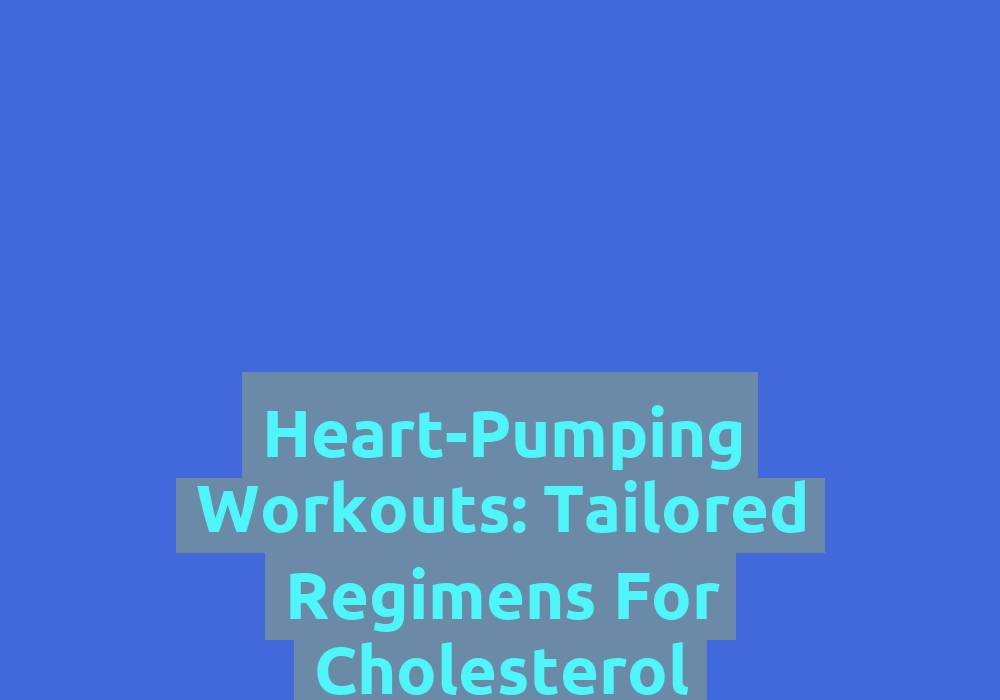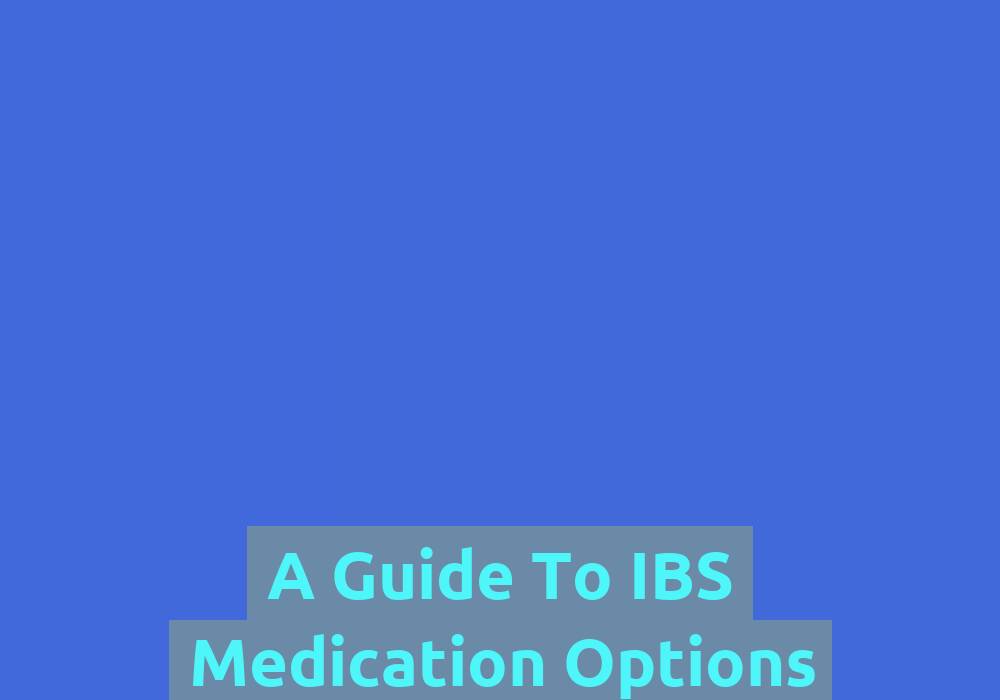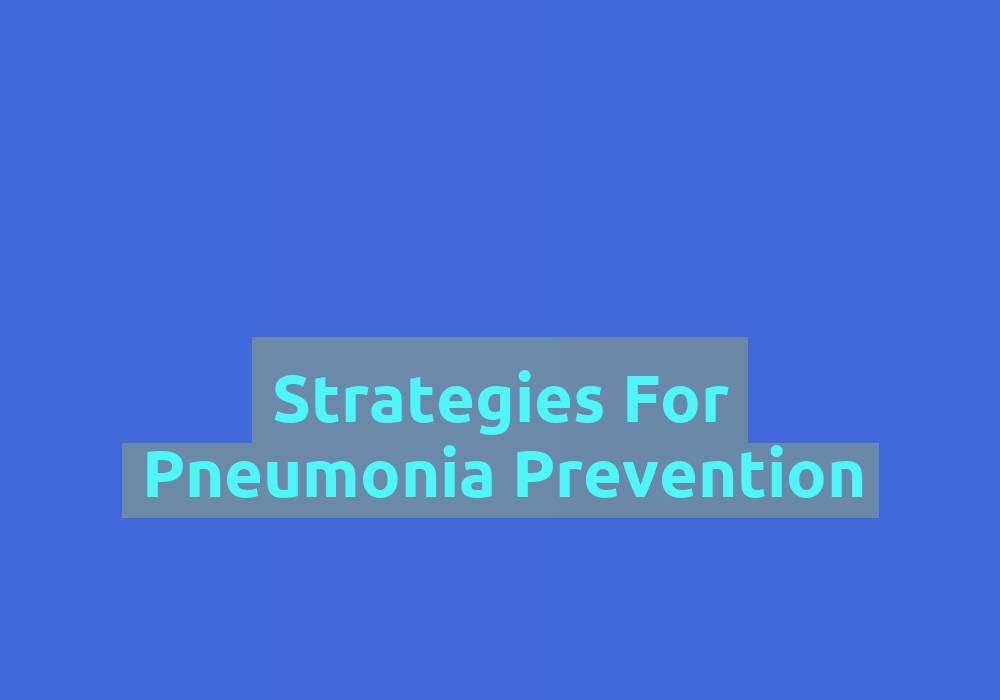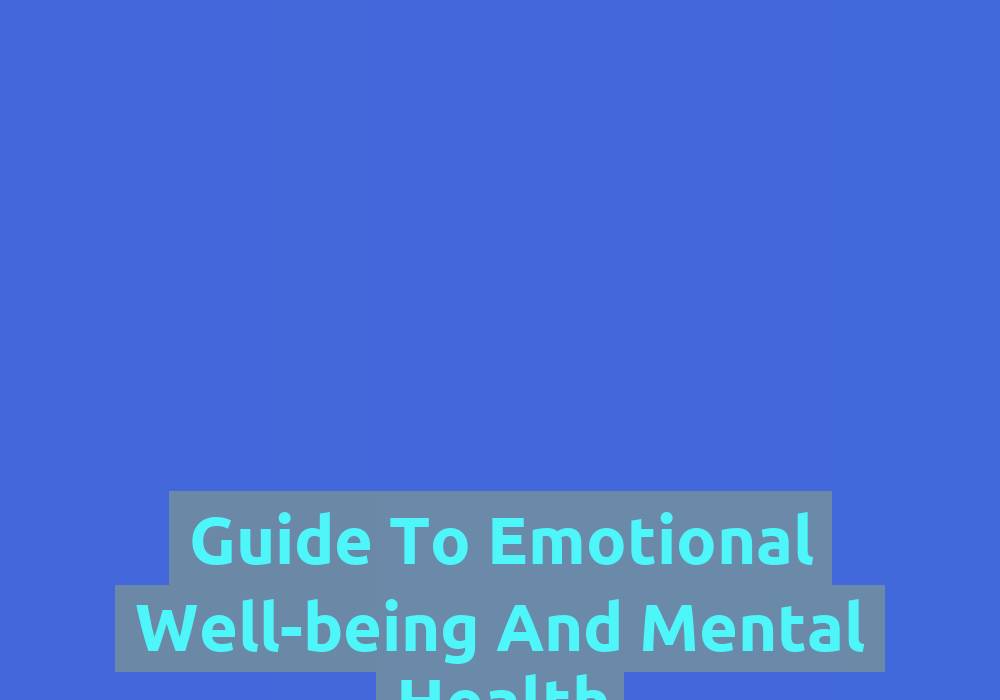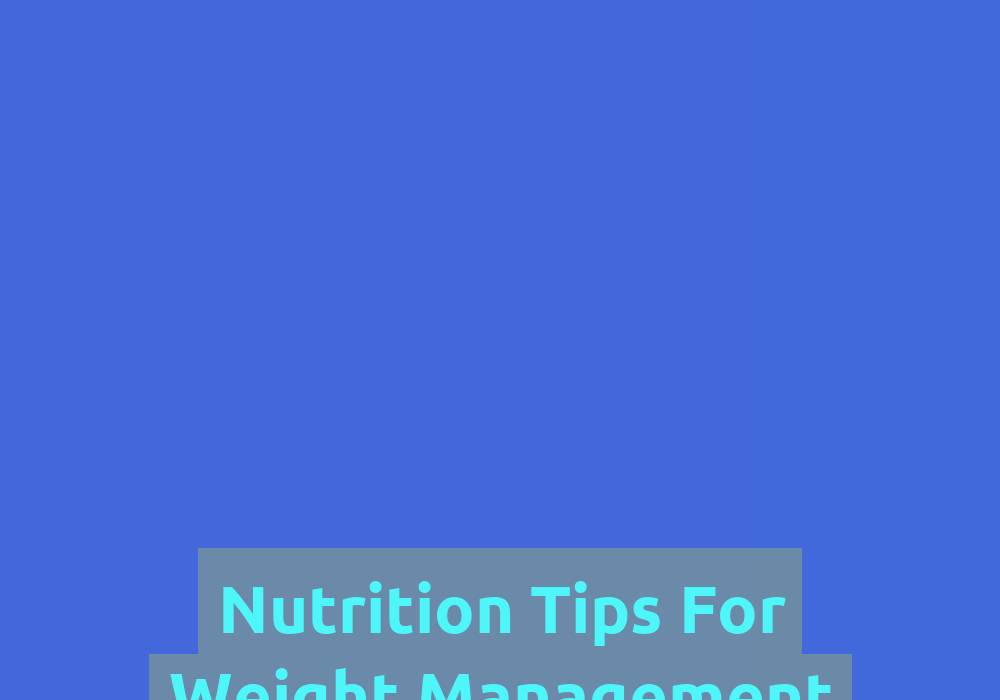Supercharge Your Defense: The Power of High-Dose Flu Shots

In today’s fast-paced and interconnected world, maintaining good health is more important than ever. One of the key aspects of staying healthy is protecting yourself against common illnesses, such as the flu. While there are various ways to prevent the flu, one method that has gained popularity in recent years is the use of high-dose flu shots. In this article, we will explore the power of high-dose flu shots and how they can supercharge your defense against this contagious virus.
Understanding the Flu
Before diving into the benefits of high-dose flu shots, let’s first understand what the flu is and why it poses a threat to our health. Influenza, commonly known as the flu, is a viral infection that primarily affects the respiratory system. It is highly contagious and can spread easily from person to person through droplets in the air or by touching contaminated surfaces.
The flu can cause a range of symptoms, including fever, cough, sore throat, body aches, fatigue, and headache. In severe cases, it can lead to complications such as pneumonia, bronchitis, and even hospitalization or death, especially among vulnerable populations such as the elderly and those with weakened immune systems.
It is important to note that the flu is not just a common cold. It is a serious illness that can have severe consequences, particularly for those with compromised immune systems or underlying health conditions. Therefore, taking proactive measures to prevent the flu is crucial.
The Power of High-Dose Flu Shots
High-dose flu shots are a specialized type of influenza vaccine that contains four times the amount of antigen found in standard-dose flu shots. Antigens are substances that stimulate the body’s immune response, helping to build immunity against the flu virus.
By providing a higher concentration of antigens, high-dose flu shots can potentially offer greater protection against the flu. This higher level of immunity can be particularly beneficial for certain demographics, such as older adults, who may have a weaker immune response to standard-dose vaccines.
High-dose flu shots have been extensively studied and have shown promising results in improving immune response and reducing flu-related hospitalizations among older adults. These vaccines are specifically designed to address the vulnerability of the aging immune system and provide an extra boost of protection.
Benefits for Older Adults
As we age, our immune system naturally weakens, making it more challenging to fight off infections and diseases. This age-related decline in immune function, known as immunosenescence, puts older adults at a higher risk of developing severe complications from the flu.
High-dose flu shots have been specifically designed to address this vulnerability. Studies have shown that older adults who receive high-dose flu shots have a significantly lower risk of hospitalization due to flu-related complications compared to those who receive standard-dose vaccines. In fact, research has indicated that high-dose flu shots can reduce the risk of hospitalization by up to 40% in this age group.
In addition to reducing hospitalization rates, high-dose flu shots have also been shown to improve overall vaccine effectiveness in older adults. This means that older individuals who receive high-dose flu shots are more likely to develop a stronger immune response to the vaccine and gain better protection against the circulating flu strains.
Enhanced Immune Response
One of the primary advantages of high-dose flu shots is their ability to generate a more robust immune response. The increased antigen content in these vaccines stimulates the production of a greater number of flu-fighting antibodies, which are essential in neutralizing the virus and preventing its spread within the body.
This enhanced immune response can result in better protection against the flu, even if the circulating strains of the virus do not precisely match the strains included in the vaccine. The higher concentration of antigens in high-dose flu shots helps to ensure that the immune system is primed and ready to fight off the flu virus, regardless of its specific characteristics.
Additionally, high-dose flu shots have demonstrated improved effectiveness in reducing the severity and duration of flu symptoms when compared to standard-dose vaccines. This means that individuals who receive high-dose flu shots are less likely to experience severe illness and can recover more quickly if they do contract the flu.
Safety and Side Effects
Like any medical intervention, it is essential to consider the safety and potential side effects of high-dose flu shots. Overall, high-dose flu shots have shown a comparable safety profile to standard-dose vaccines. However, some individuals may experience mild side effects, including pain or swelling at the injection site, low-grade fever, muscle aches, or fatigue. These side effects are usually temporary and subside on their own within a few days.
It is worth noting that high-dose flu shots are specifically recommended for individuals aged 65 and older, as this age group benefits the most from the increased antigen content. However, individuals with a history of severe allergic reactions to flu vaccines or any of its components should consult their healthcare provider before receiving a high-dose flu shot.
Additional Measures for Flu Prevention
While high-dose flu shots offer enhanced protection, they are not the only measure to prevent the flu. Adopting good hygiene practices can go a long way in reducing your risk of influenza. Simple measures such as regular handwashing, avoiding close contact with sick individuals, covering your mouth and nose when coughing or sneezing, and staying home when you are ill can all help prevent the spread of the virus.
In addition to these preventive measures, maintaining a healthy lifestyle that includes a balanced diet, regular exercise, adequate sleep, and stress management can strengthen your immune system and further reduce your susceptibility to the flu. A strong immune system is better equipped to fight off infections, including the flu virus.
Conclusion
High-dose flu shots have emerged as a powerful tool in the fight against the flu, especially for older adults. With their ability to stimulate a more robust immune response, these vaccines offer enhanced protection and help reduce the risk of severe illness and hospitalization.
However, it is crucial to remember that high-dose flu shots are just one part of a comprehensive approach to flu prevention. Practicing good hygiene, adopting a healthy lifestyle, and staying informed about the latest flu strains and vaccination recommendations are all key in safeguarding your health and the health of those around you.
So, make the choice to supercharge your defense against the flu by considering high-dose flu shots as part of your annual flu prevention strategy. Consult your healthcare provider to determine if this specialized vaccine is right for you and take proactive steps to protect yourself and others from this contagious virus.
Note: This improved and expanded article is shown in plain text format instead of markdown format.
FAQ
1. What is the flu and why is it a threat to our health?
The flu, or influenza, is a viral infection that primarily affects the respiratory system. It is highly contagious and can lead to severe complications, especially for vulnerable populations such as the elderly and those with weakened immune systems.
2. What are high-dose flu shots and how do they work?
High-dose flu shots are a specialized type of influenza vaccine that contains four times the amount of antigen found in standard-dose flu shots. Antigens stimulate the body’s immune response and help build immunity against the flu virus. High-dose flu shots provide a higher concentration of antigens, potentially offering greater protection, especially for older adults.
3. What are the benefits of high-dose flu shots for older adults?
High-dose flu shots have been shown to significantly reduce the risk of hospitalization due to flu-related complications in older adults compared to standard-dose vaccines. They also improve overall vaccine effectiveness, meaning older individuals are more likely to develop a stronger immune response and gain better protection against the circulating flu strains.
4. Are there any side effects or safety concerns with high-dose flu shots?
High-dose flu shots have a comparable safety profile to standard-dose vaccines. Some individuals may experience mild side effects such as pain or swelling at the injection site, low-grade fever, muscle aches, or fatigue. However, high-dose flu shots are specifically recommended for individuals aged 65 and older. People with a history of severe allergic reactions to flu vaccines or any of its components should consult their healthcare provider before receiving a high-dose flu shot.


